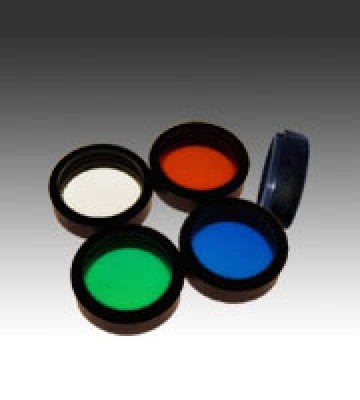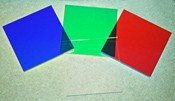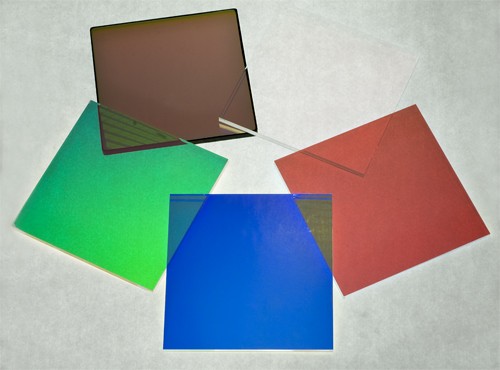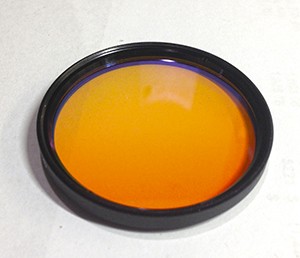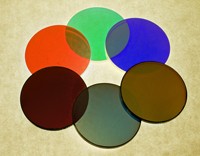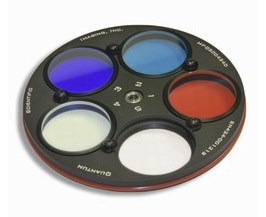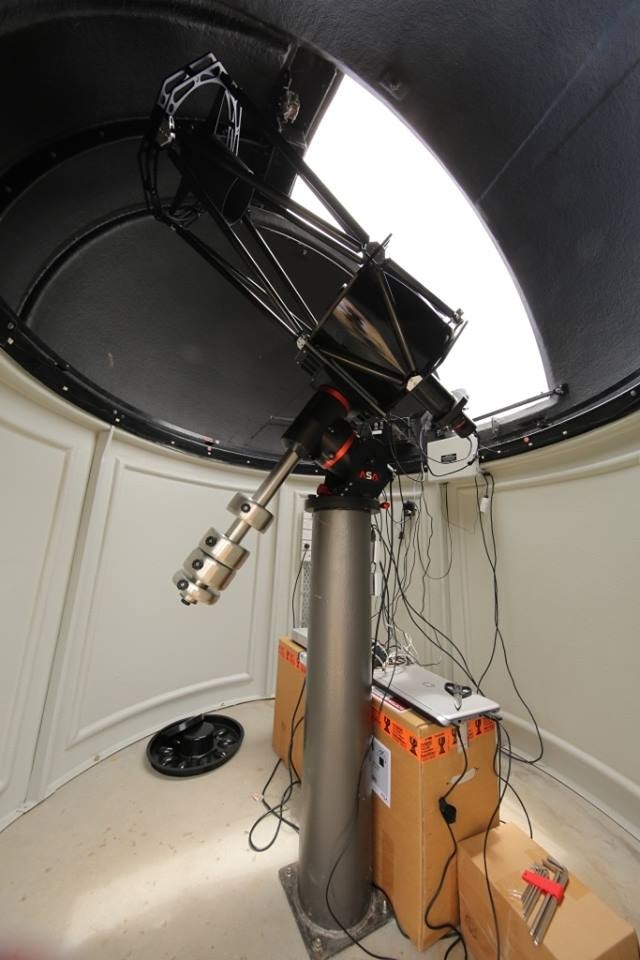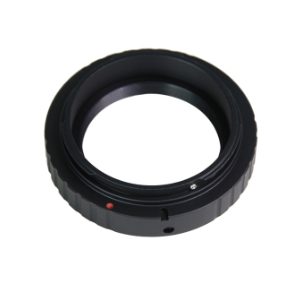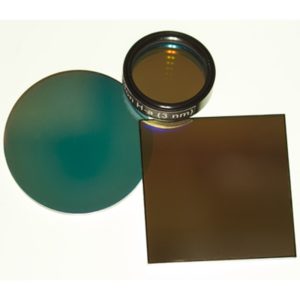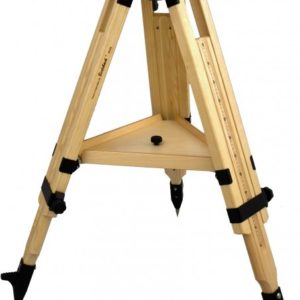Description
Astrodon Tru-Balance RGB filters have revolutionized CCD imaging.
Their popularity is due to ease-of-use, high optical throughput and great resulting colour for galaxies, star clusters and nebulae. There are two varieties of Tru-Balance filters – E-Series and I-Series. E-Series filters are designed to approximately equalize the flux of Kodak’s full-frame (E-Series) CCD detectors, including compensation for the solar photon flux.
This means that your RGB colour combine weights will be approximately 1:1:1 within perhaps 10%. This can never be perfect, but it does allow you to take equal time exposures for your RGB data and also just one corresponding dark exposure time.
Generation 2 Tru-Balance filters (LRGB2) were introduced in April, 2008 in all sizes. This was the first change in Astrodon filter design and fabrication since their inception. We listened to your requests.
•1.25″ mounted, 31, 36, 49.7 mm dia., 49.7 mm square
•~1:1:1 colour combine weights for G2V white-point for Kodak Full-Frame (E) detectors
•Best choice for backthinned and Sony detectors
•Equal RGB exposures and one dark time •Better color separation (spectra)
• Better colour rendition for galaxies based upon colour theory
• Significant reflection and star halo reduction
• Enhanced contrast for HII regions in galaxies
• Spectral “gap” to minimize effect of light pollution
• Highest efficiency blue filter with less UV
• Correct “teal” OIII colour for planetary nebula (OIII signal >97% in blue and green)
• More parfocal – thickness 3+/-0.025 mm*
• Parfocal with Astrodon’s high-performance narrowband and near-IR filters
• Striae-free 1/4 wave fused silica substrates
• 30 arcsec parallelism
• Ultra-hard and durable sputtered coatings
• Proudly made in the U.S.A.
Optical Quality
Our filters are made from the highest quality, striae-free, <1/4-wave fused silica substrates with the specifications listed above. They are coated and cut from larger plates. This has an important advantage over filters that are coated individually in that our filters are coated to the edge.
Individually coated filters, as shown with the orange filter, leaves an uncoated “rim” near the edge that needs to be blocked in the optical path. This becomes critical for narrowband filters. Since our coatings utilize hard-oxide material, edge sealing is not required. There are some claims that cutting filters from larger coated plates somehow degrades the optical quality. They present no evidence, because this is simply not true. Most optical coating companies have to size their filters to meet a variety of shapes and sizes. It is common practice. Nevertheless, we would like to present data on one of our 50 x 50 mm square E-Series red filters.
First, after coating, we measured the transmitted wavefront, TWF (a measure of flatness using the number of fringes at 632 nm) to be at most 0.176 over the entire part. That is less than our 1/4-wave (0.25) specification. So, coating and cutting from larger plates do not alter the flatness.
Second, power (a measure of curvature that would create a lens effect) is measured at only 0.09 fringes. So, the coatings are very uniform. Third, the spectral variations of the red bandpass are at most 0.02% or 1 nm over the 50 mm part, meaning that your red data will be the same over your entire image. In summary, you can be assured of the highest optical quality available when you purchase Astrodon filters.
Sizes available:
* 1.25 inch mounted in aluminium threaded cell
* 36mm diameter unmounted
* 49.7mm diameter unmounted
* 49.7mm square unmounted
* 65mm square unmounted
This is a custom selected product – pricing and shipment cost is available on request exclusively – with thanks.

